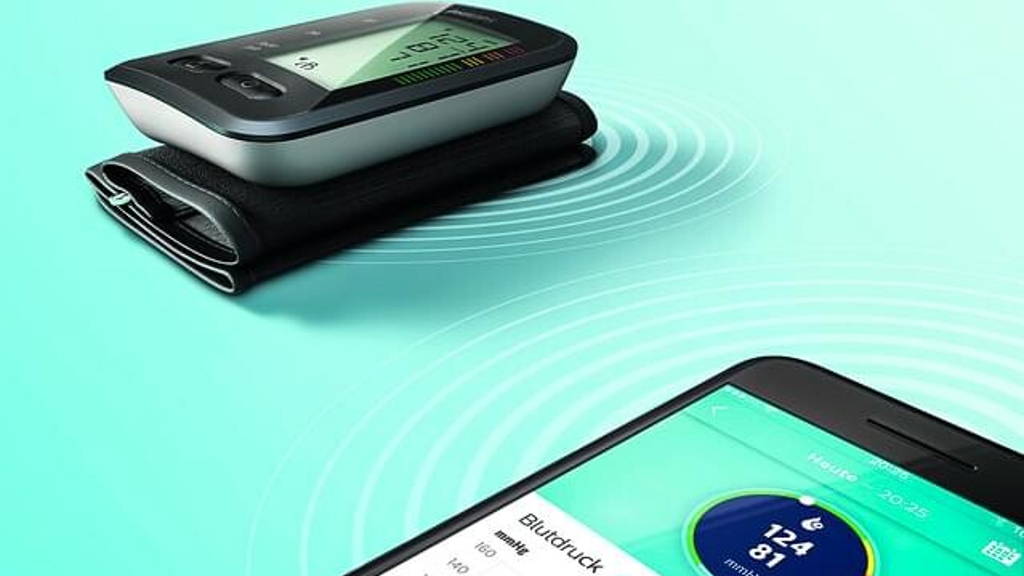Market researcher ABI Research forecasts the patient monitoring wearable market, which includes remote and on-site devices, will grow from 8 million shipments in 2016 to 33 million in 2021. These Device types are diverse and include staples like blood pressure monitors, continuous glucose monitors, and pulse oximeters, as well as newer devices like Fatigue Science’s fatigue monitoring wearable. These findings are part of ABI Research’s Patient-Monitoring Wearables in Healthcare report.
On-site professional healthcare monitoring wearables, such as those developed by Philips Healthcare, also allow medical professionals to work with a larger base of patients, as the devices continuously update doctors throughout the day on patients’ vitals and overall conditions without the need for physical check-ins. Furthermore the wearables, in effect, help to ensure that doctors do not overlook any slight changes in condition before granting patients release.
A&D Medical, Medtronic, Nonin Medical, and Philips Healthcare lead the patient monitoring wearables market, with startups like Fatigue Science, Health Care Originals, and Qardio beginning to challenge the incumbents and diversify the competitive landscape in offering solutions to treat specific medical conditions.
Saving resources
“While previously professional-grade patient monitoring largely limited itself to a doctor’s rounds, new wearables allow medical professionals to remotely and continuously monitor patients in the hospital and beyond,” according to Stephanie Lawrence, Research Analyst at ABI Research. “The devices send real-time alerts regarding any condition deteriorations or fluctuations, in effect reducing response times to potentially life-threatening changes and saving the healthcare system resources in the long term.”On-site professional healthcare monitoring wearables, such as those developed by Philips Healthcare, also allow medical professionals to work with a larger base of patients, as the devices continuously update doctors throughout the day on patients’ vitals and overall conditions without the need for physical check-ins. Furthermore the wearables, in effect, help to ensure that doctors do not overlook any slight changes in condition before granting patients release.
Monitoring beyond the hospital
Beyond the hospital, remote patient monitoring wearables, such as blood pressure monitors and telemedicine products by A&D Medical, provide healthcare professionals with continued access to their patients’ health, which would have otherwise been inaccessible once they left the confines of the hospital. As such, doctors can now, like with on-site treatment, monitor their patients’ conditions and better diagnose any treatment adjustments that may be necessary on the path to recovery.A&D Medical, Medtronic, Nonin Medical, and Philips Healthcare lead the patient monitoring wearables market, with startups like Fatigue Science, Health Care Originals, and Qardio beginning to challenge the incumbents and diversify the competitive landscape in offering solutions to treat specific medical conditions.
